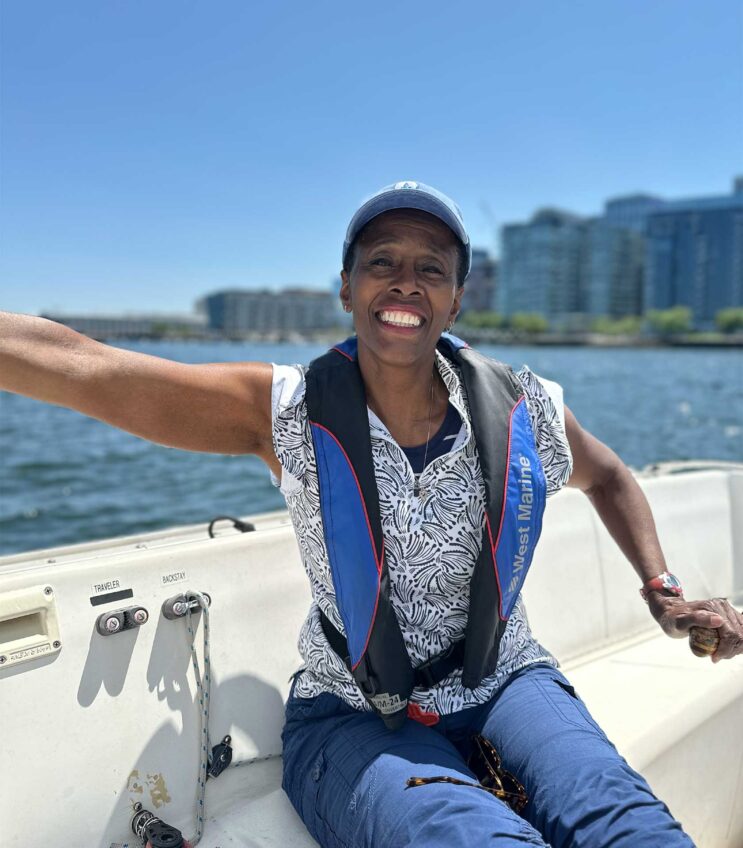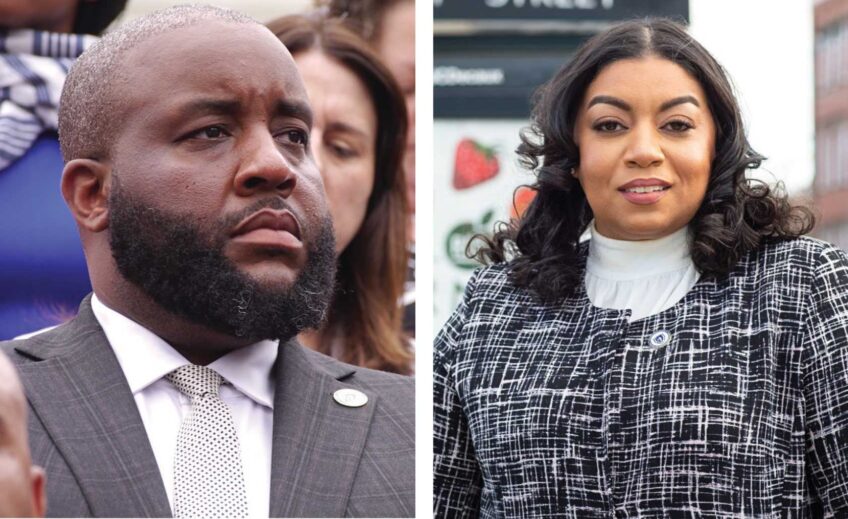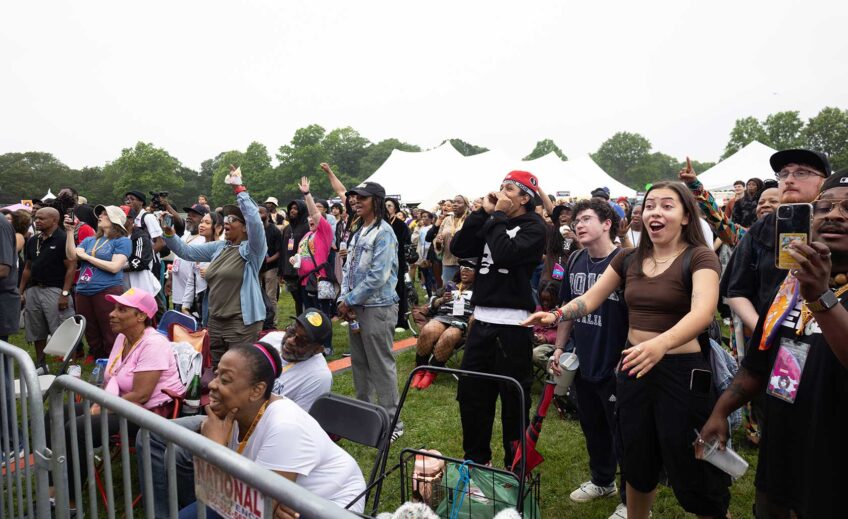The most recent numbers for the Massachusetts Comprehensive Assessment System test show record levels for African American and Latino Boston Public Schools students — and improvement all throughout the school system.
The 2013 figures showed that Boston students outperformed most schools in the state in the English Language Arts portion of the MCAS. Specifically, students in grades 3, 4, 5, 6, 7 and 10 topped similar grades in most other school systems.
BPS 10th-grade students continued their recent rise. Over the last six years, 10th-grade students have seen a 21-point jump in ELA proficiency rates, meaning the percent of BPS 10th-graders to score proficient or advanced on the ELA MCAS has risen from 58 percent in 2008 to an all-time high of 79 percent today. According to school department officials, ELA proficiency rates for African American and Latino 10th-grade students are at their highest levels since the MCAS test was implemented in 1998. The newest data shows that BPS has decreased the more-than-30-point achievement gap that existed in 2007 by about two-thirds, to just over 10 points.
On the mathematics portion of the testing Boston third-graders jumped eight points in the number reaching proficient or advanced levels on the MCAS.
The high school improvement was led by English High School in Jamaica Plain and the Burke High School in Dorchester. At English, student proficiency rates for the ELA test jumped to 60 percent from 39 percent in 2012. For African American students, the rate jumped to 81 percent this year, up from 38 percent one year ago. At the Burke, the ELA proficiency rate rose 20 points, to 71 percent from 51 percent last year. Growth for Latino students was very strong at the school, up from 63 percent in 2012 to 89 percent in 2013.
Burke Principle Lindsa McIntyre said that while all at the school have been working very hard to improve the Burke’s performance, the strong MCAS numbers are really a reflection of the students’ efforts. “They are very focused on being the best they can be academically,” McIntyre said. “We celebrate their successes.”
In addition to the rise in proficiency rates from last year, the Burke has seen a 41 percent jump in ELA proficiency rates since 2008.
McIntyre emphasized that getting the teachers and the students on the same page and working together to improve academic performance has been a crucial factor to her school’s success so far. She said teachers and administrators have taken a hard look at how they work with students and made detailed effort to address students’ needs better, including choosing teachers that work well with the students they are teaching.
“Here at the Burke one of our biggest challenges was building a culture and a climate that really embraced the students that we served,” McIntyre said. “We wanted a better understanding of who our students are and what kind of support they needed.”
At Burke High School, which has a 75 percent African American and 20 percent Latino population, this support even incorporated the cultural environment in the classroom. “We do have an extremely large population of African Americans and Latino students,” McIntyre said. “We think in terms of what is culturally relevant and what is culturally meaningful and what curriculum will engage them in ways that will allow them to grab on.”
McIntyre and her staff sought out students’ opinions through meetings and group sessions that let them share ways they feel could help them do better in school. “The idea was to make the work part of them and part of who they are in the classroom,” said McIntyre.
Burke staff also spread the word far and wide — using data to back up their arguments — that coming to school is priority number one if students want to improve. The school made T-shirts that read “If You Miss School You Miss Out.” And McIntyre said many students wear the shirts. She pointed out that the school’s average daily attendance is a strong 92 percent.
“It is not accidental. Children understand that they need to be here,” she added. “I think it is very important … to encourage children to be here and feel like this is the place for them to grow and learn in order to reach their potential.”
Like other schools throughout the BPS system, Burke High School practices a “tiered intervention” approach to improving student support. What this means is that the school will try and determine which students can use additional help and work that help into a normal school day to help these students keep up with their peers. As McIntyre explains it, an example of tiered intervention would be the school doing an assessment of a math class and finding students who are behind, then creating an additional 30-minute class for them to get more math instruction while still keeping them in their regularly scheduled math class with other students.
This approach also relies on partners from outside the school, many of which can help provide additional teachers. The Burke High School works with organizations, including City Year and Boston Teacher Residency.
“We are very careful and thoughtful about what we do and how we do it,” said McIntyre. “That is the level of commitment that teachers here bring to the work. They are more than willing to give up themselves beyond compliance and into compassion. … You are not looking at the job description; you are looking at what this child’s life needs in terms of learning.”
At the elementary school level, Boston schools including the E. Greenwood Leadership Academy in Hyde Park, the Trotter Elementary School in Dorchester and the Higginson-Lewis K-8 School in Roxbury led the way for improvement.
Higginson-Lewis School Principal Joy Salesman-Oliver said her school focused on mathematics and studied past data about what has been successful in teaching to establish improved instruction strategies. Her school also worked with outside partners such as City Year and the Roxbury Multi-Service Center to work with students outside of class.
Salesman-Oliver said her school is thrilled about the improved MCAS numbers.
“We’re really proud because everyone worked so hard on identifying and targeting the problem,” she said. “We found ways to extend learning time for students to do project-based learning.”
Other schools singled out by the Boston School Department for their improvement are Boston Green Academy in South Boston, the Clap Innovation School in Dorchester, the New Mission High School in Hyde Park and the Eliot K-8 Innovation School in the North End. Sixth-grade students at Eliot School placed first in Massachusetts on the mathematics MCAS. Six years ago, the school’s scores were among the lowest in the state.
“Boston is a community that embraces academic innovation,” interim Superintendent John McDonough said in a statement. “We are committed to providing a quality education to all students, in all schools. Our mission is to offer great teaching and learning in every classroom, for every child.”






